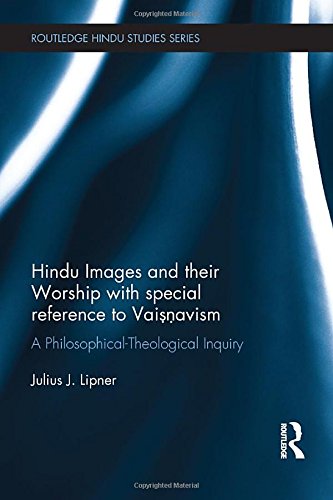

Most ebook files are in PDF format, so you can easily read them using various software such as Foxit Reader or directly on the Google Chrome browser.
Some ebook files are released by publishers in other formats such as .awz, .mobi, .epub, .fb2, etc. You may need to install specific software to read these formats on mobile/PC, such as Calibre.
Please read the tutorial at this link: https://ebookbell.com/faq
We offer FREE conversion to the popular formats you request; however, this may take some time. Therefore, right after payment, please email us, and we will try to provide the service as quickly as possible.
For some exceptional file formats or broken links (if any), please refrain from opening any disputes. Instead, email us first, and we will try to assist within a maximum of 6 hours.
EbookBell Team

4.1
70 reviewsHinduism comprises perhaps the major cluster of religio-cultural traditions of India, and it can play a valuable role in helping us understand the nature of religion and human responses to life. Hindu image-worship lies at the core of what counts for Hinduism – up-front and subject to much curiosity and misunderstanding, yet it is a defining feature of this phenomenon.
This book focuses on Hindu images and their worship with special reference to Vaiṣṇavism, a major strand of Hinduism. Concentrating largely, but not exclusively, on Sanskritic source material, the author shows in the course of the book that Hindu image-worship may be understood via three levels of interpretation: the metaphysical/theological, the narratival or mythic, and the performative or ritual. Analysing the chief philosophical paradigm underlying Hindu image-worship and its implications, the book exemplifies its widespread application and tackles, among other topics such as the origins of image-worship in Hinduism, the transition from Vedic to image worship, a distinguishing feature of Hindu images: their multiple heads and limbs. Finally, with a view to laying the grounds for a more positive dialogic relationship between Hinduism and the "Abrahamic" faiths, which tend to condemn Hindu image-worship as "idolatry", the author examines the theological explanation and justification for embodiment of the Deity in Hinduism and discusses how Hinduism might justify itself against such a charge.
Rich in Indological detail, and with an impressive grasp of the philosophical and theological issues underlying Hindu material culture, and image-worship, this book will be of interest to academics and others studying theology, Indian philosophy and Hinduism.